April 13, 2023

We’ve finally made it out of the long cold winter and the Canyon is coming to life. The diversity of habitats make Sinks Canyon an amazing place to watch the flora and fauna wake up from winter and begin to thrive once again.
The most striking feature of Sinks Canyon are the towering rock walls that reach high above the Canyon floor. This drier side of the Canyon, often referred to as the Sunny Side, is a shrub habitat that is usually accessible year-round because the snow melts off so quickly. It makes for excellent winter climbing and hiking. But come May or June, visitors to the area are treated with the blooming of beautiful flowers like Phlox, Bluebells and Indian Paintbrush. The vibrant colors are a real treat for visitors who slow down and seek out the natural beauty.
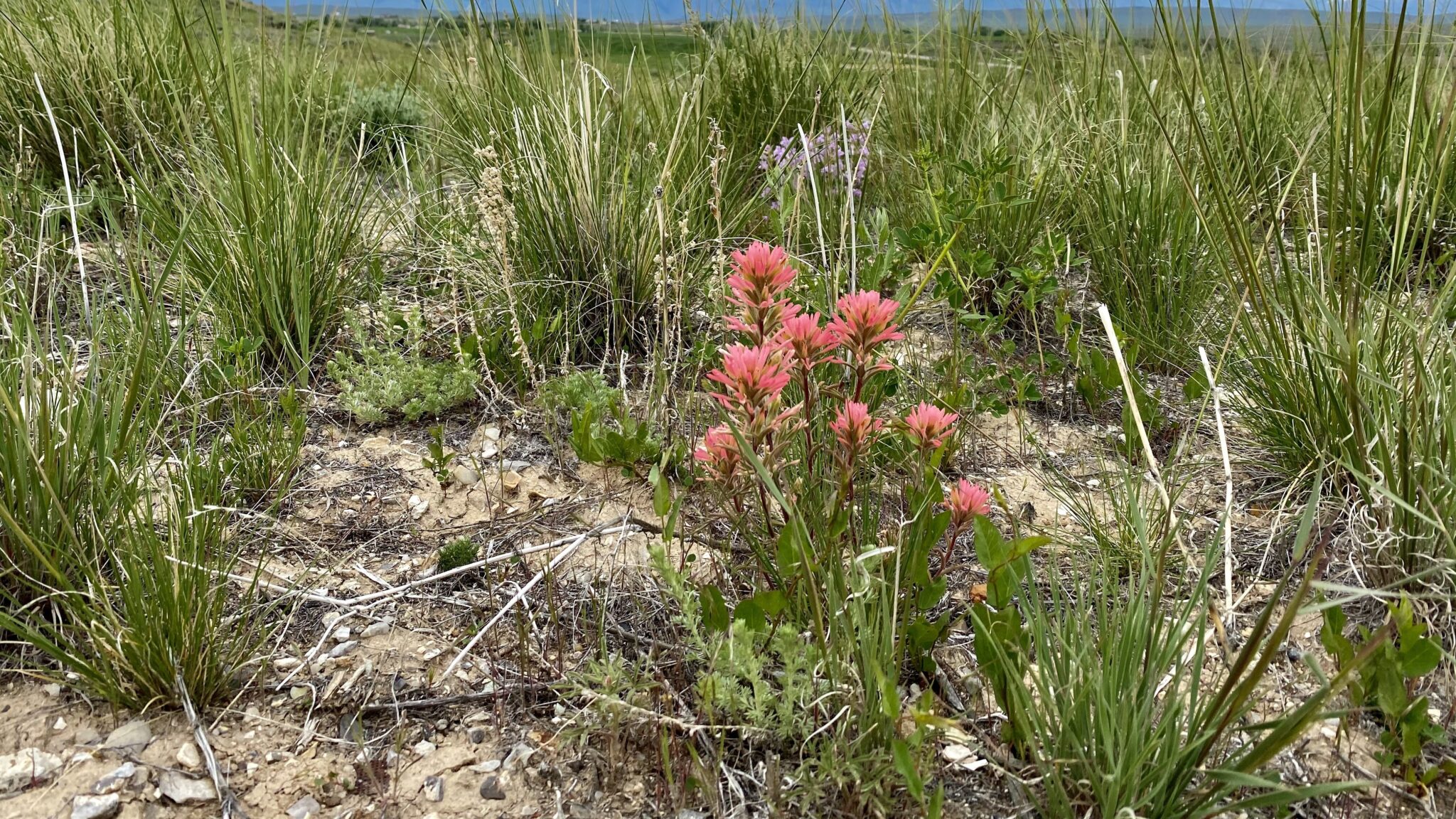
The lush forested side of the Canyon, sometimes called the Shady Side, is the last to shake off the winter blanket of snow as it hides in the shade much longer than other areas. This allows the ground to slowly absorb the winter melt and retain more moisture. As summer approaches, hikers will be able to spot Wild Geranium, Lupine and Wild Rose hiding on the forest floor. Be sure to take time to explore the Popo Agie Nature Trail to see these and many more forest wildflowers.
And don’t forget to explore along the banks of the Popo Agie River to look for more flowering plants like Columbine, Chokecherry and Clematis.
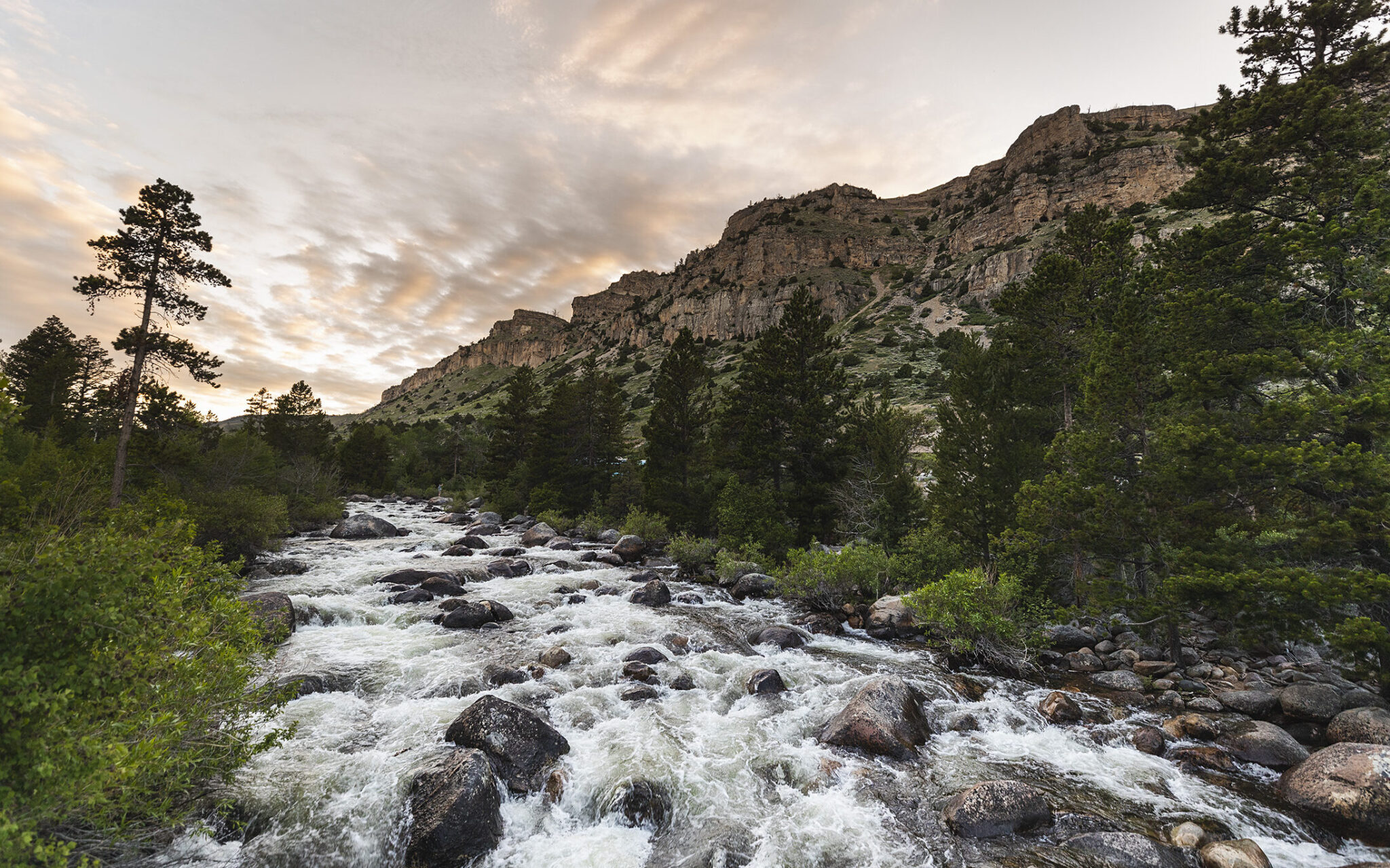
Late spring/early summer is also a great time for seeing new babies in the Canyon. Mule Deer fawns will be doing their best to hide from predators and curious humans. Deer fawns are excellent hiders because they can lie down and hold still for hours at a time, waiting patiently for the doe to return to feed and care for them. The fawns are also perfectly camouflaged with their white spots and tan bodies. It may seem like bad parenting to leave the fawn unattended for hours at a time, but it’s the best thing a doe can do. While grown deer have a natural odor, fawns give off almost no scent. The doe would actually be attracting predators to the location of the fawn if she stayed with it. So, by leaving the fawn alone, she is protecting it. She is most likely very close by, watching and returning every few hours.
If you encounter a fawn, keep your distance. The doe is probably watching and will be distressed to have you near her baby. The fawn will likely freeze until you get too close, then it will run away. This expends the fawn’s energy, puts it at risk of being detected by predators and can reduce its chances of survival.
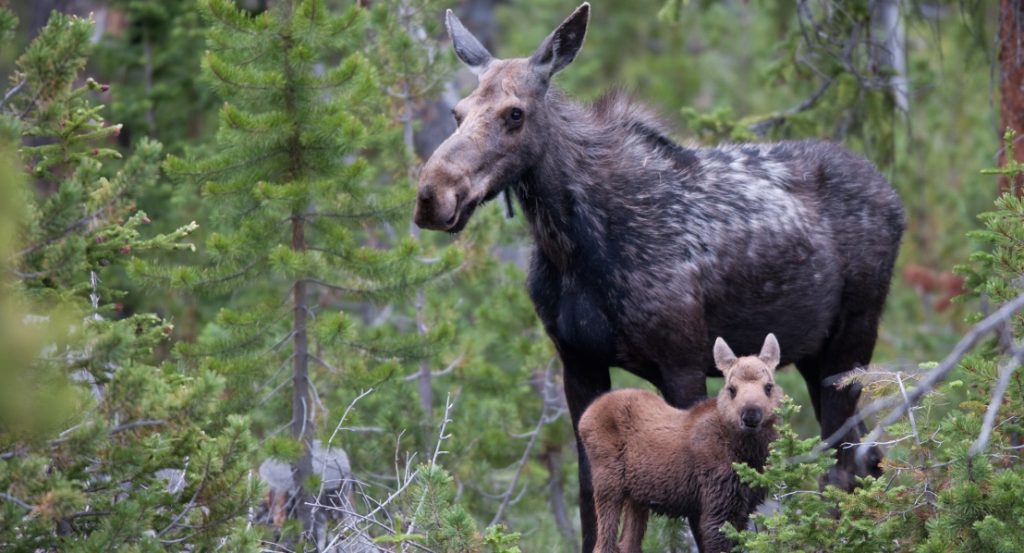
Moose calves are also born in late May-early June. Moose cows are very different parents than deer. Calves may rest in the vegetation while the mother feeds nearby, but the cow will not leave the calf in the same way a doe leaves her fawn. Moose cows will leave their calves hidden while they forage nearby, but the calves will often get impatient and get up to find mom. They will even bleat and call out to the cow until she returns. Moose cows are incredibly protective mothers and will aggressively defend their calves. Moose can be just as dangerous as bears and should be treated with the same regard as any large predator.
With the hard winter Wyoming recently experienced, the wildlife will already be at a disadvantage this summer. So, please do your best to leave all wildlife alone. This includes keeping dogs on leashes and keeping children close by to prevent them from startling animals. If you do find an orphaned or distressed animal, do not attempt to help it or move it. Sometimes, well-meaning people can actually cause more harm than good. Instead, call WY Game & Fish to report the situation.
Watching wildlife and enjoying wildflowers are just a few of the adventures that can be had in Sinks Canyon. Be sure to visit Sinks Canyon State Park this summer for world class rock climbing, hiking, mountain biking, camping, fishing and more. Each season brings new beauty and discovery, so be sure to get outside and enjoy the great outdoors to its fullest.
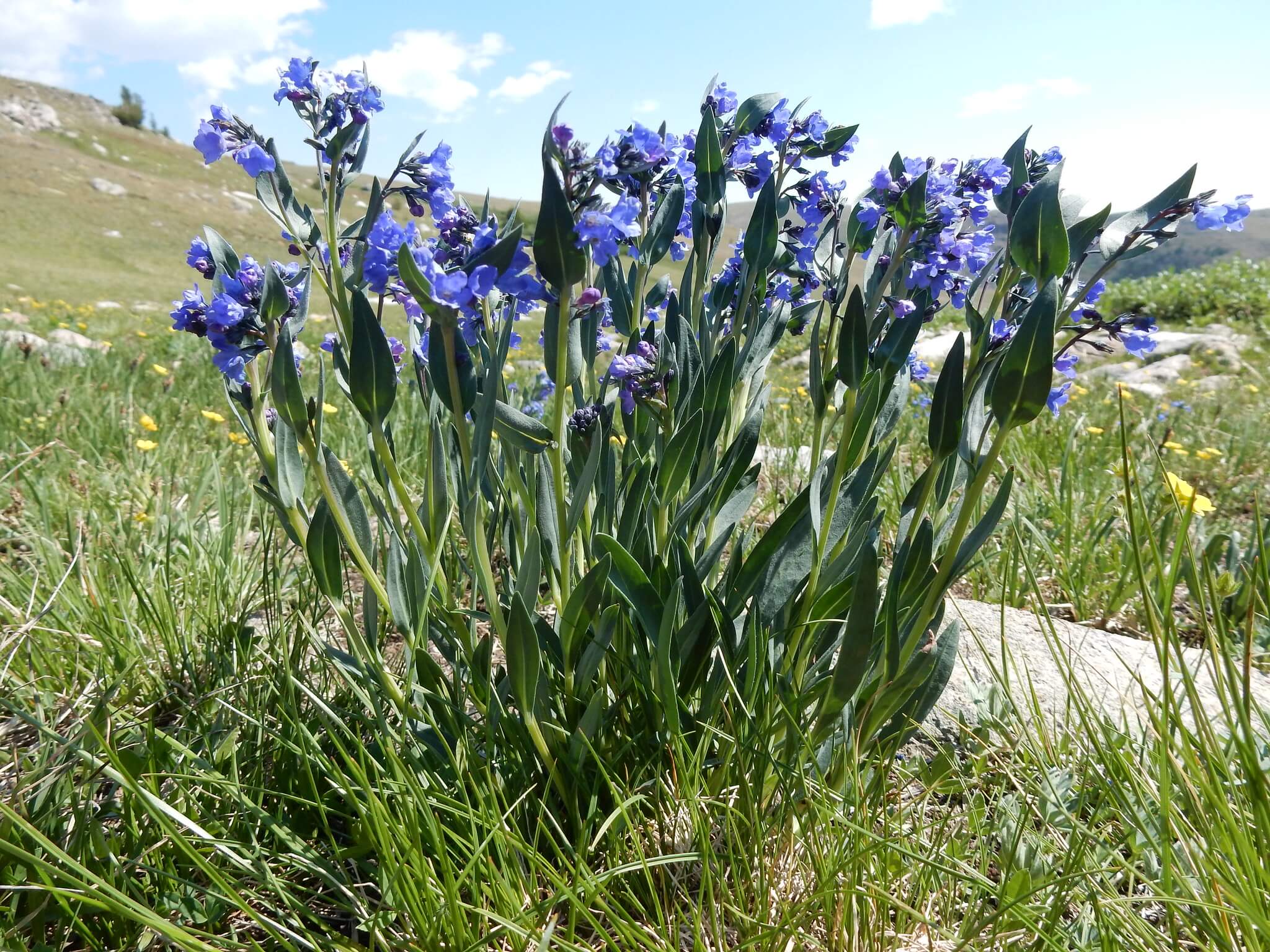
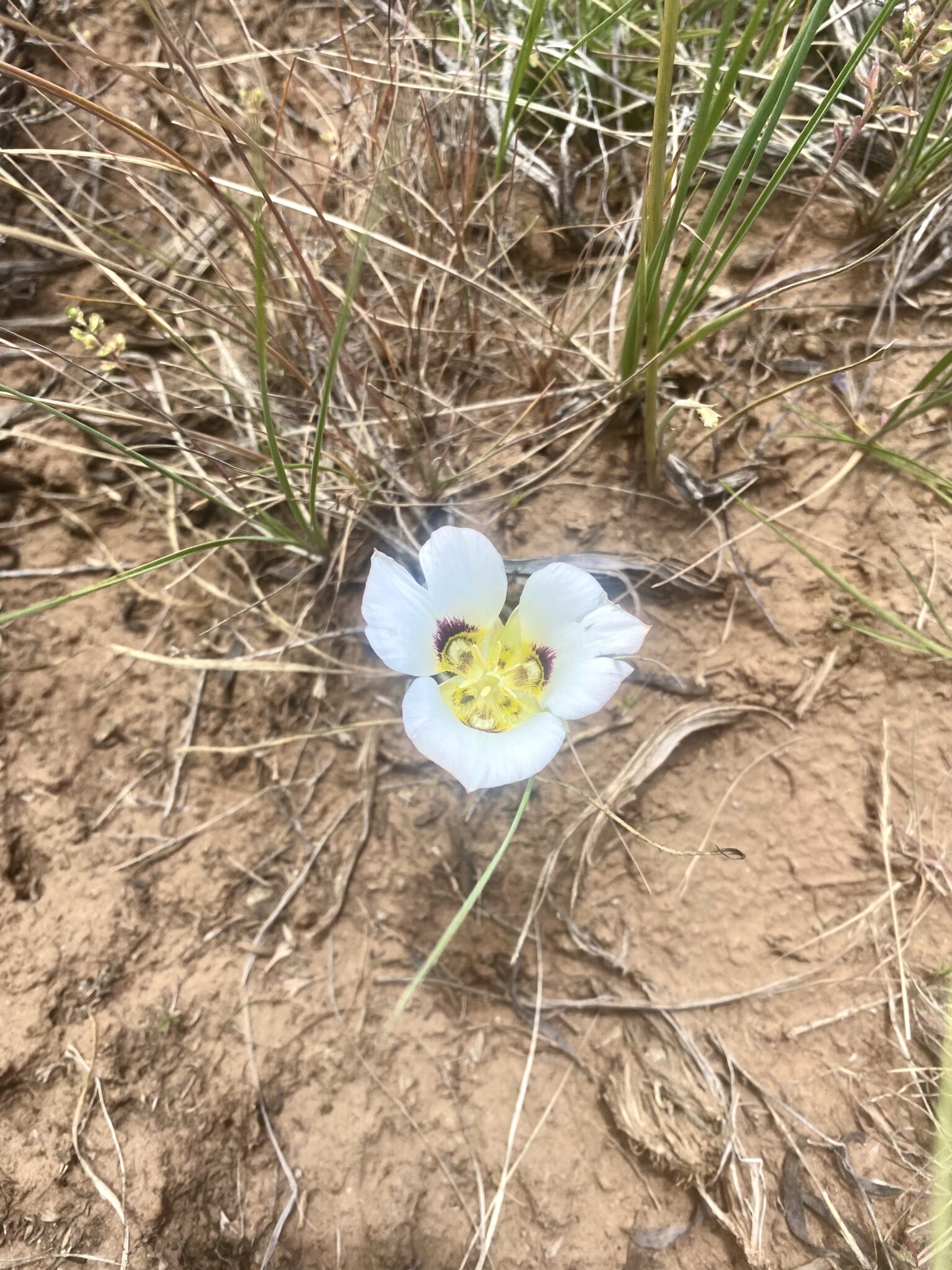
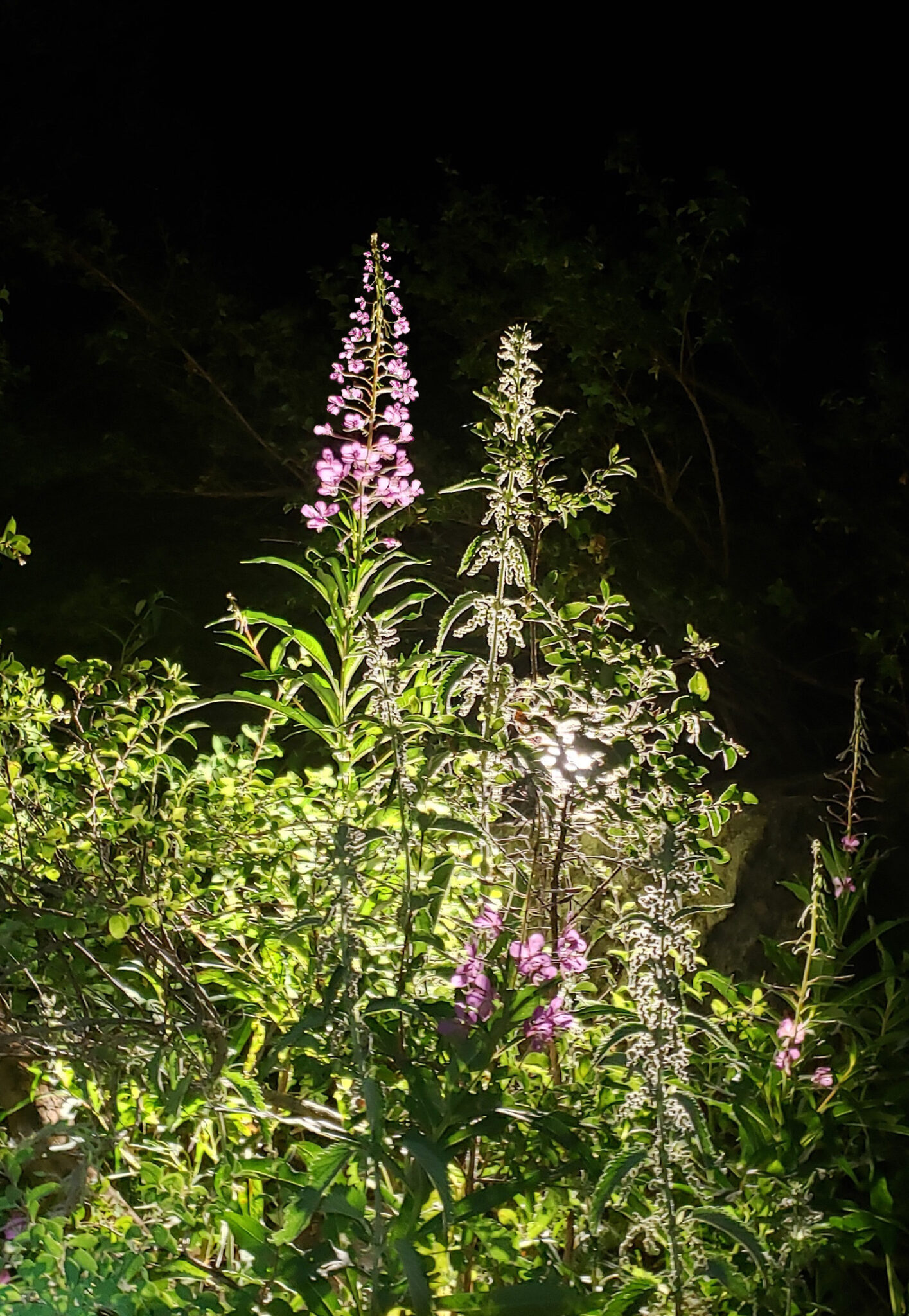
Author Bio: Jessica Moore is the Superintendent at Sinks Canyon State Park. Originally from the Upper Peninsula of Michigan, she started her career as an Interpretive Ranger with the National Park Service. Jessica moved to Washington State where she spent 18 years working as an educator at a 725-acre wildlife park. She and her family moved to Lander in 2021, and she was hired on with WYO Parks in September of 2022. Jessica and her family enjoy the great outdoors and abundant wildlife that Wind River Country has to offer.
Posted in Notes From the Field